Steemit Learning Challenge-S21W5; Plantar Fasciitis
I am pleased to participate in 5th week of SLC Season 21. This week, we will be learning Plantar Fasciitis.. So Let's start,
What's Plantar Fasciitis? Write in your own words after getting knowledge from the lesson post.
Plantar fasciitis or heel pain is an inflammation of the fascia at the bottom of the foot. Although not every heel pain is Plantar fasciitis, there are many reasons why we can experience pain behind the heel of our feet. Plantar fasciitis is a very common condition. This condition is mostly seen in women and athletes because women of prolonged standing while doing their home chores and playing on the ground for a long period of life. Men don't have to stand long for doing work usually.
Causes of Plantar fasciitis
- This problem occurs when the plantar fascia is stretched too much, that is, when walking barefoot for a long time or running.
- This can be caused by abnormal foot structure or flat feet, high arches, abnormal walking patterns that increase pressure on the fascia.
- It can occur when working standing for a long time.
- This problem occurs when the entire weight of the body falls on the heel if you are overweight or obese.
- Due to other diseases like arthritis, diabetes etc.
- This problem can be caused by ageing.
Symptoms of Plantar fasciitis
- Its first symptom is severe pain in the lower part of the heel.
- Unable to put the foot on the ground after waking up, but the intensity of the pain decreases after a short while. This is also called morning pain.
- Discomfort or pain in the heel of the foot due to standing for a long time.
- Most of the time, the foot feels numb and sensitive.
Types of Plantar fasciitis
Plantar fasciitis can be of various types, but there are two main types:
- Acute Plantar Fasciitis: Often due to sudden overuse
- Chronic Plantar Fasciitis: Results from long-term stress.
Diagnosis of Plantar fasciitis
- Diagnosis is mainly clinical.
- It can be diagnosed through the patient's history and examination.
- X-rays are also needed because sometimes a needle-like bone is formed from the heel bone, called a calcaneal spur. However, this is not only associated with Plantar fasciitis.
- An MRI is recommended to assess the ligaments or muscles affected.
Treatment of Plantar fasciitis
- The treatment of this problem is conservative.
- Conservative treatment does not require surgery but some rules are asked to be followed. Like using soft shoes, using shoes most of the time.
- The most important treatment for this condition is Plantar fasciitis stretching exercises.
- Physiotherapy is also given as a treatment. Local ultrasound therapy and shock waves are quite effective in physiotherapy.
- Many doctors suggest steroid injections for this problem. Although it is provided with great caution because there are many important structures below our Plantar fascia, there are blood vessels, so we have to be aware that nothing goes there. Plantar fascia goes above it where the fat pad goes, then the amount of pain will increase.
How would you diagnose a plantar fasciitis? Any clinical investigation or assessment tests?
Diagnosing plantar fasciitis needs medical history, physical examination, and if necessary, X-ray, MRI or specific tests to find out other conditions.
Medical History
We all know what medical history is.So if I asked to diagnose plantar fasciitis then I will ask patients some relevant questions like :
- Location and nature of pain: Where is the exact location of the pain, how intense is the pain?
- Asking about symptoms: I will ask about the symptoms which I mentioned above.
- Activities: Current activities and changes in exercise, footwear, or standing durations.
- feet Structure : flat feet, high arches, or occupations where they have to stand for a long.
Physical Examination
As it is a physical examination, I will observe everything regarding this issue.
- Press the heel and arch: I'll check to see if there is any tander spot near the heel.
- Gait and posture monitoring: Identifying compensations or uneven weight distribution.
Imaging Tests (if necessary)
- X-ray: Find out heel spurs or stress fractures by imaging. Also, find out the overgrowth of heel bone.
- MRI: Evaluates complex cases. Recommended for alternative conditions like nerve entrapment or soft tissue injuries.
Special Tests
- Ankle Dorsiflexion Test - This is done to assess tension in the plantar fascia and calf muscles. This test detects pain in the heel or arch of the foot, which indicates plantar fascia irritation or tight calf muscles. It also assesses the ankle joint mobility.
- Great Toe Extension Test- It is also called the Windlass Test, and it is the most specific test for plantar fasciitis. This test is for identifying localized pain and assessing the limited mobility of the great toe.
- Palpate Heel Test- locate the exact point of pain and inflammation.
Try to practice at least 3 exercises that you have learned from the lesson. Share images, gifs or videos while practising
| Ball Rolling Exercise | 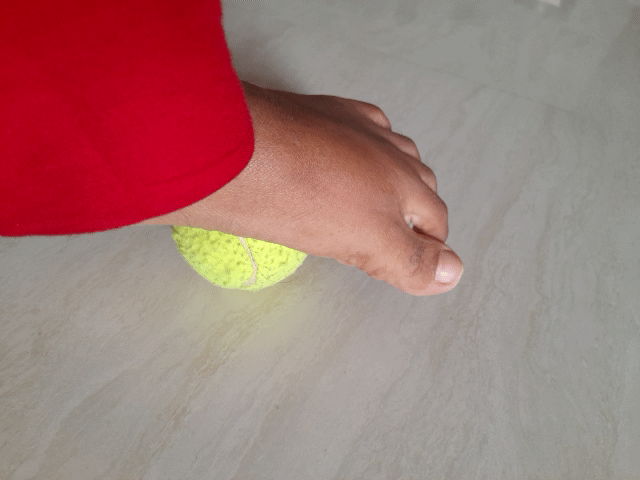 |
|---|
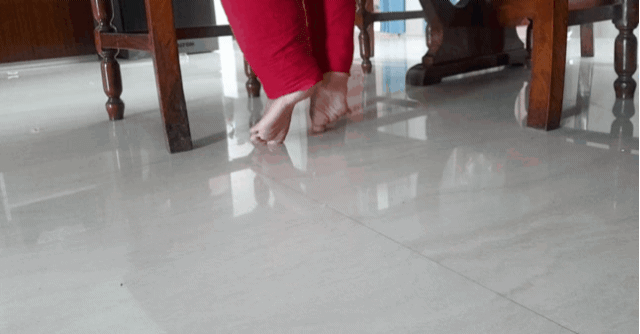 | Heel Raise Exercise |
|---|
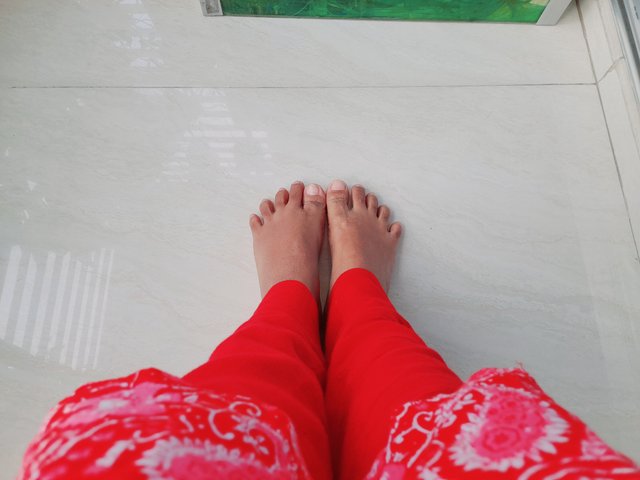 | 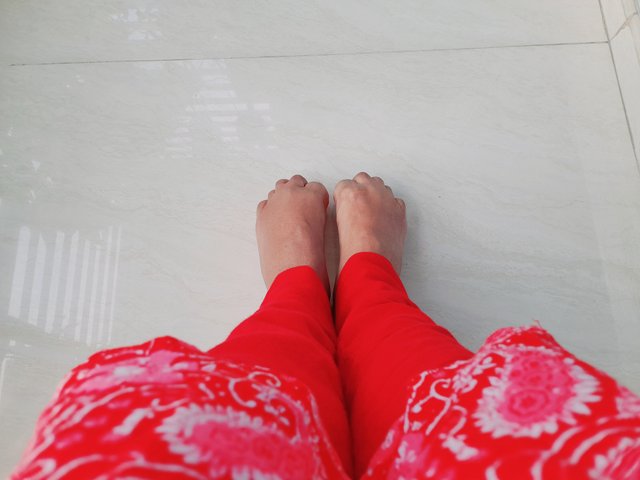 | 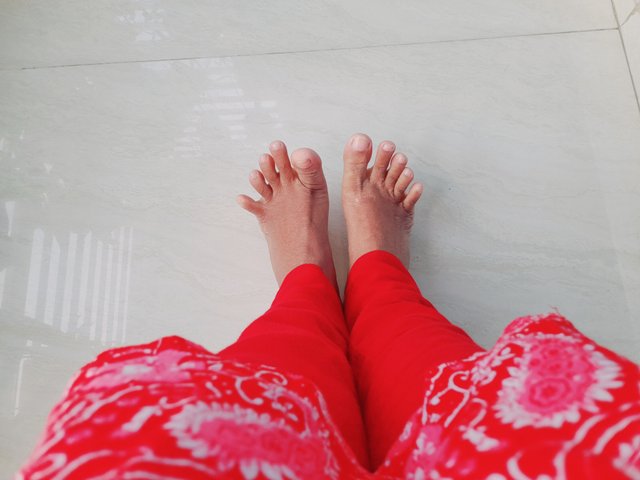 |
|---|
Share your review after performing these exercises either on yourself, healthy individual or patient..
For the first time, I tried this exercise, so I will share my honest review of this exercise. The funny fact is when I started exercising, I couldn’t manage the ball, but after a while, it was perfectly balanced. Okay, now start with how I felt during this exercise. It was a feeling of relaxation or a warming sensation in the fascia. I tried it with both my foot heel, and I think it improved the flexibility in the foot. I avoid exercising for a long. As the course teacher mentioned, this is an exercise to reduce inflammation, so I deem it helpful.
For this exercise, I grabbed the back of a chair for my balance and pushed up onto my toes and lifted my heel. As per the video recommendation, I did it for 5-10 seconds. I was super excited doing this. It felt so good and my toes were able to bear my weight
As I am not suffering from any pain, it doesn’t reduce my pain immediately, but it feels good. I think it Improved my stability in the arch and ankle.
I enjoyed this exercise. I felt the after-positive effect of this exercise. It improves the grip capacity. I believe if I do this exercise regularly, then it improves the gripping capacity of my toes. I found it very cool. It is also effective for decreased stiffness. So this is all about my experience after practising these exercises.
I am inviting my friends @tammanna
@pathanapsana @drhira to participate in this SLC.
Cc: @ashkhan

Thank you for understanding the lesson and sharing your assignment; I hope that you will enjoy this week's lesson and try to implement it in your life if you see any such case.
Observations
Task 1 (3/3)
You have shared a great knowledge about plantar fasciitis, it's symptoms, causes, and types. Plantar Fasciitis can be caused by many reasons and that's good you point out then. I appreciate your effort.
Task 2 (3/3)
In the second question, you tell us about how you have to assess a patient by doing physical examination and history taking, performing investigations and specialized tests. Excellent.
Task 3 (3.8/4)
You try the toe curls, ball rolling and heel raise. You did the toe curls and ball rolling correctly. But in heel raise you have to put all your weight on all the toes not more on big toe. Always remember to cold therapy & rest is the best therapy in the treatment of plantar fasciitis. I appreciate your efforts.
Overall you made a great attempt to answer all the questions. I appreciate your efforts. But next time try to avoid the above written suggestions. Keep learning and try to implement your knowledge to the people suffering from plantar fasciitis or any type of heel pain. Thank you.